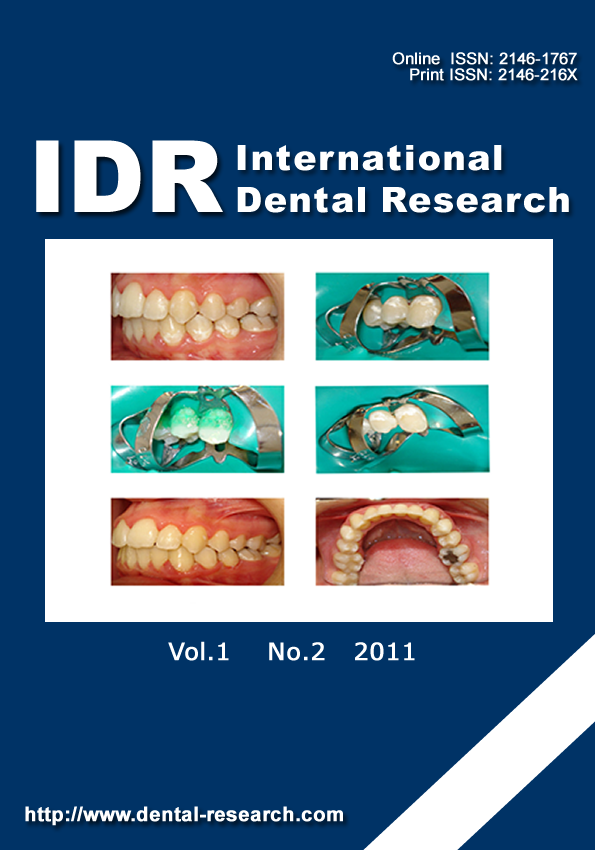Non-Cavitated Approach for the Treatment of White Spot Lesions: A Case Report
Abstract
Aim: White spot lesions (WSLs) are the most frequently observed problems in patients with poor oral hygiene. If this problem is left untreated during the initial phase, it will ultimately need major treatment. One treatment alternative in the initial phase is the caries infiltration technique. The aim of this case report is to present the treatment of WSLs by using this technique.
Methodology: An 18-year-old female who had WSLs on the buccal surfaces of the lower left canine, first and second premolars and first molar after 8 months of fixed orthodontic therapy was included in this study. Icon-Infiltrant was applied for the treatment of WSLs.
Results: After Icon-Infiltrant application, the WSLs were cured. Conclusions: By using this technique, an esthetic smile can be achieved in one visit with the elimination of esthetic discoloration and the progression of the early enamel lesions can be prevented.
How to cite this article: Başaran G, Veli İ, Göncü Başaran E. Non-Cavitated Approach for the Treatment of White Spot Lesions: A Case Report. Int Dent Res 2011;2:65-69.
Linguistic Revision: The English in this manuscript has been checked by at least two professional editors, both native speakers of English.
Full text article
Authors
This is an Open Access article distributed under the terms of the Creative Commons Attribution 4.0 International License (CC BY 4.0), which permits unrestricted use, distribution, and reproduction in any medium, provided the original work is properly cited.

